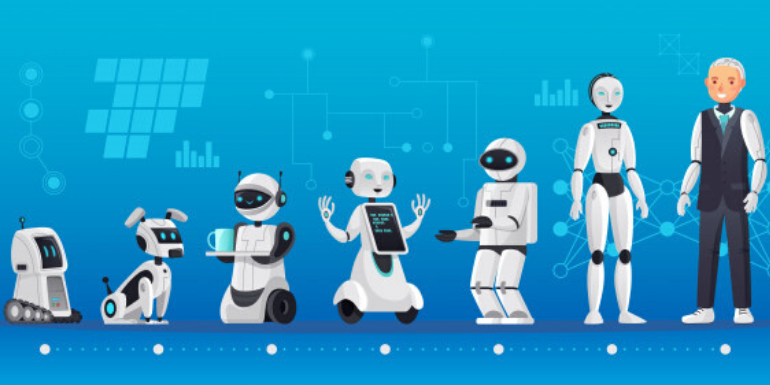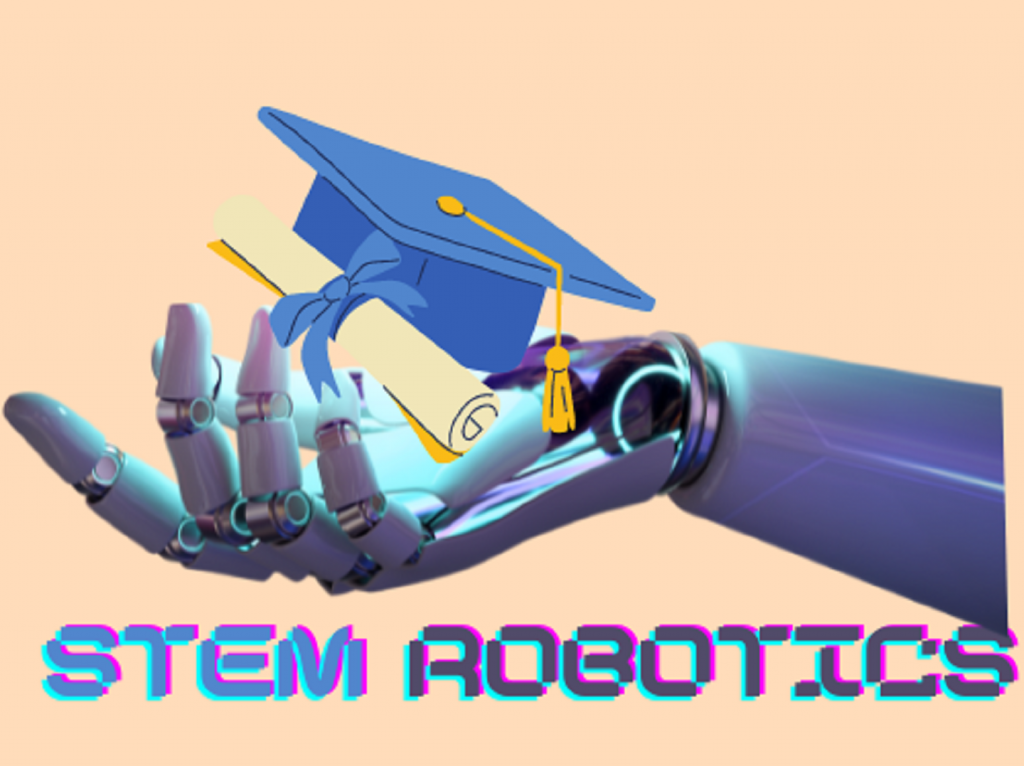Robotics
Why Introduce Robotics to Children
Parents should introduce robotics to kids as it enhances critical thinking, problem-solving skills, and creativity. Robotics encourages collaboration, teamwork, and fosters an interest in STEM fields. It sparks curiosity, promotes lifelong learning, and prepares children for the technological advancements of the future


Benefits of Robotics Education
STEM robotics offers numerous benefits for kids, helping them develop valuable skills and knowledge. Here are some of the key benefits of STEM robotics for kids:
Hands-on Learning
Robotics provides a hands-on learning experience that engages children in active problem-solving. They can design, build, and program robots, allowing them to apply theoretical concepts in a practical and tangible way.
Critical Thinking and Problem-Solving skills
Robotics challenges children to think critically and solve problems logically. They need to analyze situations, identify potential solutions, and troubleshoot issues that arise during the robot-building and programming process.
Creativity and Innovation
Robotics encourages creativity as children design and construct their own robots. They have the freedom to experiment, make modifications, and explore new ideas, fostering innovation and out-of-the-box thinking.
Collaboration and Teamwork
Many robotics programs involve teamwork, allowing children to collaborate with their peers. They learn how to communicate effectively, delegate tasks, and work together towards a common goal, promoting essential collaboration skills.
Develops Programming and Coding Skills
Robotics introduces children to the fundamentals of programming and coding in a fun and interactive way. They learn how to write code, create algorithms, and control the behavior of robots, building a strong foundation for future technological literacy.
Computational Thinking
Robotics helps develop computational thinking skills, which involve breaking down complex problems into smaller, manageable steps. By programming robots, children learn how to sequence instructions, debug errors, and understand cause-and-effect relationships.
Enhances STEM Knowledge
Robotics integrates concepts from science, technology, engineering, and mathematics (STEM). Through robotics, children gain practical exposure to these disciplines, improving their understanding of various scientific principles, mechanical engineering, electronics, and mathematical concepts.
Fosters Future-Ready Skills
With the increasing demand for STEM professionals in the job market, robotics equips children with skills that are highly relevant in the digital age. It nurtures their technological proficiency, adaptability, and innovation, preparing them for future careers in STEM fields.
Trends in Robotics Education
The field of robotics education has experiencing several trends and has evolved over the last decade. These are some of the trends that is become of our Children’s education:
STEAM Integration
Robotics education has become an essential part of STEAM (Science, Technology, Engineering, Arts, and Mathematics) programs in schools.
Hands-on Learning
Robotics kits and platforms becoming more accessible and affordable. Students learn better by building and programming actual robots rather than just studying theory.
Coding and Programming
There’s an increased emphasis on teaching coding and programming skills in robotics education.
Project-Based Learning
Project-based learning is gaining traction, where students work on real-world robotics projects. This approach helps students apply theoretical knowledge to practical problems and fosters teamwork and collaboration.
Robot Competitions and Events
Robotics competitions and events have become popular, motivating students to showcase their skills and creativity in building and programming robots.
Overall, the future of robotics education looks promising, with a strong focus on emerging technologies, practical applications, and the development of well-rounded individuals who can shape the future of robotics in a positive and responsible manner.

